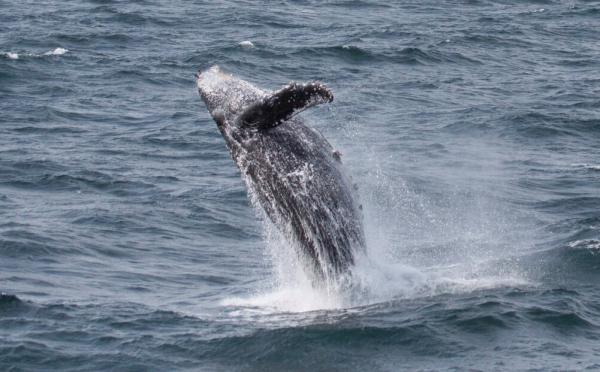The IWC Scientific Committee begins its annual meeting today in Bled, Slovenia. Due to Covid-19, this is the first time in four years that members of the Committee are able to gather in-person.
The Scientific Committee brings together international experts in a wide range of topics, from population abundance, structure and status to the impacts of human activities such as fishing and whale watching.
This year’s meeting was preceded by sessions on two topics. The first reviewed and verified new population estimates for a wide variety of cetacean species. This is core information that underpins much of the Committee’s work. The second discussed a spatial assessment of threats to Maui’s and Hector’s dolphins that has been used to inform management measures introduced by the relevant New Zealand authorities. These dolphin species occur only around New Zealand and have very small populations. The conclusions of these pre-meetings will be reported into the Scientific Committee.
The main meeting begins today with a plenary session. This will be followed by a sub-committee stage with groups covering a diverse range of topics from genetics, DNA and population structure to environmental concerns and whale watching.
A priority topic for both the Scientific Committee and the Commission is Aboriginal Subsistence Whaling. This type of whaling is not conducted for profit but to meet the nutritional and cultural needs of indigenous communities. Quotas are agreed in multi-year blocks and these are due for discussion at the next Commission meeting in 2024. Scientific advice is a key component of these discussions.
The meeting will conclude with further plenary sessions, ending on 6 May. Approximately three weeks later, the report of the meeting will be published and available here.
For more information about the IWC Scientific Committee meeting, click here.
To read previous reports of the IWC Scientific Committee, click here.

